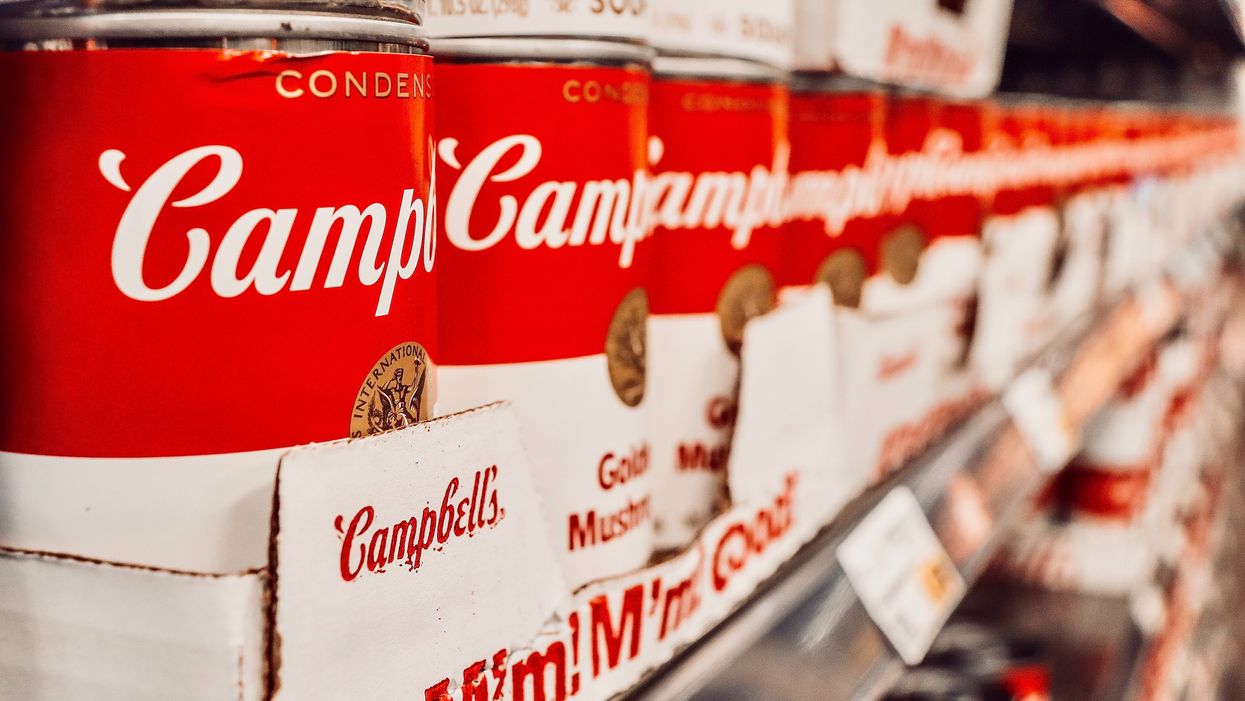As our world becomes increasingly more reliant on ecommerce, the management of temperature-sensitive products has become a critical aspect of supply chain management. Cold supply chain involves the transportation, storage, and handling of perishable goods under controlled temperatures. This sector of the supply chain is so much more than just frozen food. In fact, the pharmaceutical industry is a major contributor to the cold supply chain’s recent success.
With the rise of ecommerce and the demand for faster, more efficient delivery of goods, the management of cold supply chain logistics has become more complex and challenging than ever before. Partners along the cold supply chain need to rethink how to optimize their operations. From groceries to medications, manufacturers need to broaden their idea of what constitutes their supply chain as consumers increasingly expect companies to bring their products along the last mile, directly to consumers’ homes.
Far and away the two most difficult challenges the cold chain faces are maintaining the correct temperature and compliance with regulations. These two aspects of cold chain management are part of what makes this sector of industry challenging and requires different technology and more resources than normal supply chain operations. Despite these challenges, the cold supply chain is proving to be one of the fastest growing sectors of the global supply chain industry and this growth is not showing any signs of slowing any time soon.
Differences in cold supply chain
Cold supply chain requires very specific technology to operate correctly. Facilities must be able to refrigerate, regulate, and safely deliver high-value goods. Regulating temperature is more complicated and consequently makes a cold supply chain more expensive to operate. There’s also a great deal of incremental risk. Companies need to worry about microbial growth, a higher risk of damaged goods, and damaged equipment.
For example, one of the most common challenges is damage to freezer doors. Temperature regulated storage containers are a lot more expensive to operate than your typical box container due to the energy required to power the cooling systems. Even the slightest damage to the door prevents the storage container from properly regulating temperature. This could lead to spoiled products, condensation build up, and bacterial growth.
But with the risk comes great potential reward. The cold supply chain is proving to be a thriving sector to be a part of. In 2022, the value of the global cold chain market was nearly $280 billion and is projected to grow at a compound annual rate of 18.6% through 2030. There are several factors that have contributed to this success, but the biggest was the pandemic. Not only did everyone turn to ecommerce to purchase their food and other essential goods, but there was also a heightened demand for swift vaccine distribution. As a result, large food retailers experienced a dramatic rise in sales somewhere between 20 and 30 percent, while the cold supply chain experienced a large spike in profits.
There has also been a heightened demand from the consumer to deliver healthier food options and fresher cosmetics. This requires companies to use fewer preservatives and, as a result, the goods have a shorter shelf life. This means less time in transportation and storage, which requires a dependency on refrigeration.
Finally, in the wake of the pandemic, there has also been a massive spike in the number of clinical trials taking place, which require the transportation of temperature-sensitive materials. In fact, the number of clinical trials taking place in the U.S. each year has more than tripled in the last decade. Though all of these factors show a strong future for the cold supply industry, there are still some major challenges for those operating in the space.
Maintaining the perfect temperature
Regulating temperature while transporting high-stakes goods is uniquely challenging and one main reason why the cold-supply chain is considered so high-risk. Generally, goods must be kept at a temperature under 40 degrees Fahrenheit or above 135 degrees since bacteria can grow within that range.
However, depending on the type of goods, the temperature may need to be kept within an even more specific range. For example, flammable liquids like alcohols, esters, and ketones have a flash point within the range of 30 to 100 degrees Fahrenheit. Most chemicals on the supply chain come with a material safety data sheet listing the flash point of each element. It’s important that companies make this crucial temperature information available to staff. Utilizing tools like a warehouse management system (WMS) or RFID technology will store this information in a centralized digital location.
RFID technology uses radio signals to transmit crucial information to a central database. RFID is commonly used to track individual items across a regular supply chain, recording information on everything from where an item is stored in a warehouse to when it gets loaded on a truck.
Cold supply chains can also benefit from RFID technology, especially when it’s paired with temperature control technology. Placing temperature sensors in containers, trucks, and storage facilities allows real-time temperature monitoring. So, if the temperature rapidly rises or falls, an alert will go off so that remediation can take place. Not only is this tech great for preventing loss and other mishaps, it also allows management to anticipate vulnerability spots along the supply chain.
Best practices for compliance
When dealing with food and medication, visibility into the cold supply chain is essential because these types of goods are expensive and wasted inventory can severely impact a company’s bottom line. Expired products or damaged goods also open up issues with liability if a company delivers an expired product to a customer who then becomes sick.
There are a number of regulatory agencies that hold companies accountable in the handling of perishable goods. There are rules that cover technology use, environmental impact and storage time. These rules are essential for keeping the goods – and ultimately the customer – safe, especially when it comes to medicine and food.
Among the agencies overseeing the cold supply chain are the Food and Drug Association (FDA), the Parenteral Drug Association (PDA), the International Air Transport Association (IATA), and the American Society for Testing and Materials (ASTM). There are also a number of global regulatory agencies, and these organizations are currently working together to create standardized global regulations, particularly for the pharmaceutical industry.
Compliance is an aspect of operations that can be greatly eased by partnering with a third-party logistics company, or 3PL. These third parties have often worked with the regulations and agencies for decades. But if a 3PL partnership isn’t an option at this time, there are several best practices that cold supply chain managers can follow.
Good compliance always begins with thorough documentation so that a company has proof of compliance throughout its supply chain. This begins with having the right systems in place and maximizing the transparency of the supply chain. Again, RFID and temperature sensors can help significantly here, as can blockchain technology, which provides an immutable chain of information that all parties have access to. Blockchain also helps prevent any changes to information along the way since everyone on the chain can see the changes. When these technologies are paired with a WMS, there is almost complete visibility into supply chain operations.
This level of documentation is particularly helpful during audits. Performing an internal audit at least once a year will ensure that processes are running smoothly, that you’re identifying trouble areas, and that you’re prepared for any formal audits from regulatory agencies.
One important aspect of this level of technological oversight is training. All departments and new hires need to be familiar with both your information systems and the different regulatory guidelines. It’s also helpful for compliance to document your training materials to demonstrate how thoroughly you train your employees.
Final thoughts
The recent uptick in the use of cold supply chains isn't slowing down any time soon. As part of the warehousing industry myself, I know just how overwhelming supply chain logistics can be. Given the complexity and challenges of the cold supply chain, it is essential to prioritize compliance and utilize the aid of the technology available. Having a firm grasp of the best practices will give companies a solid foundation to work on.
Beth Ward is the chief operations officer at Smart Warehousing.












